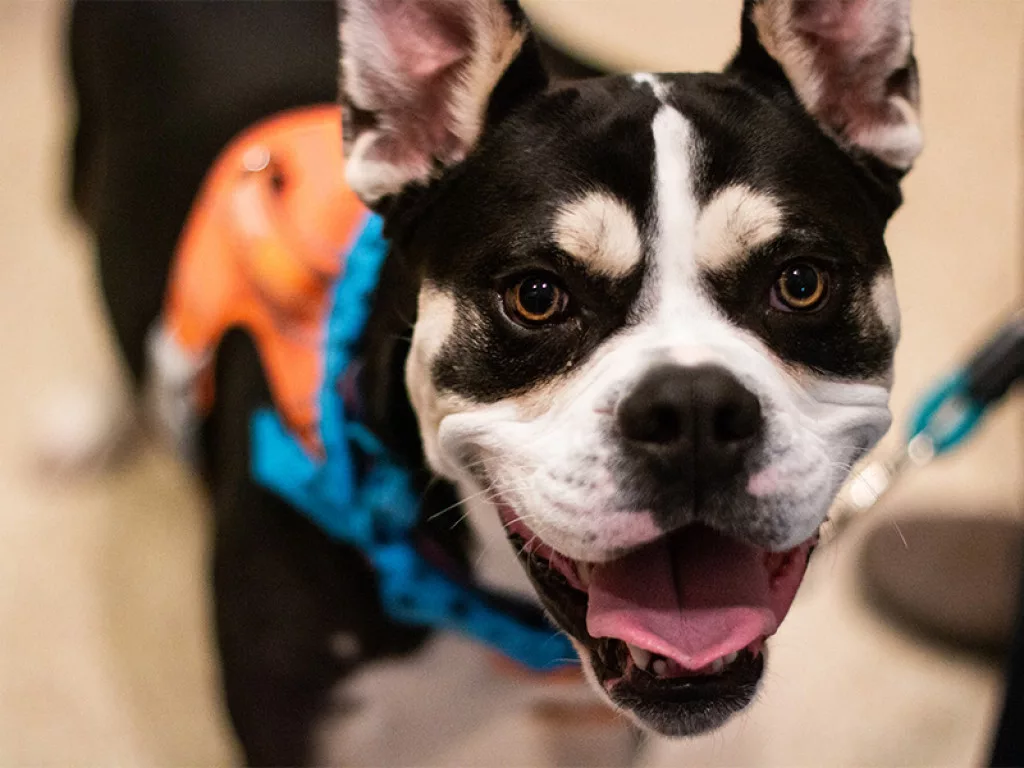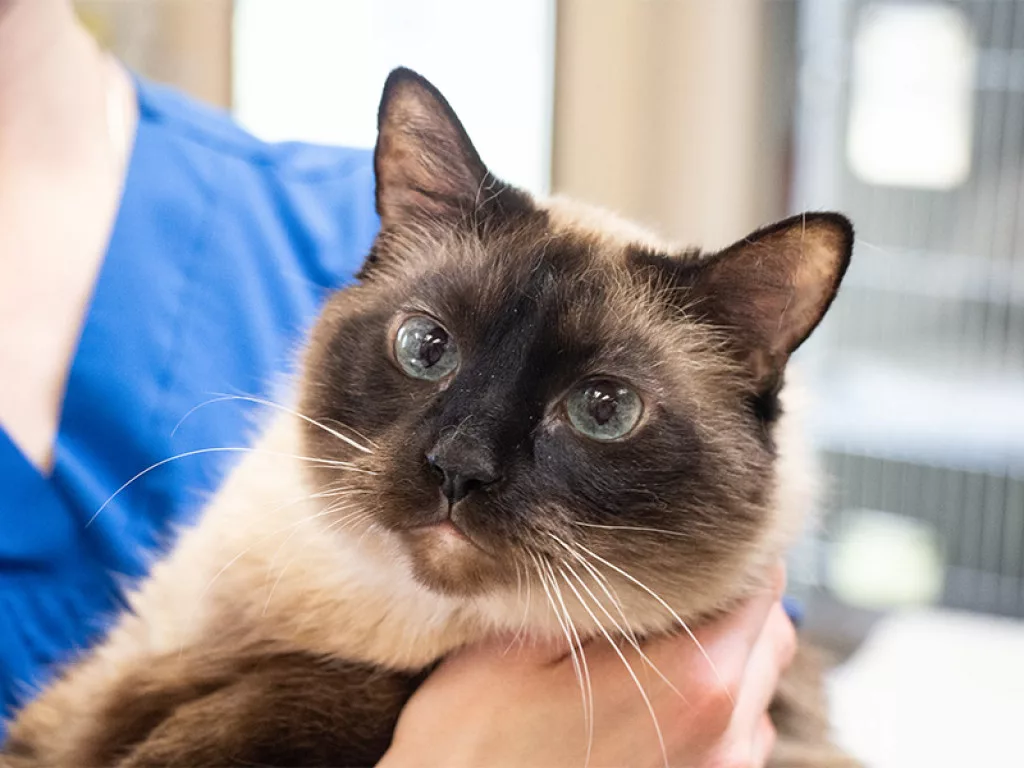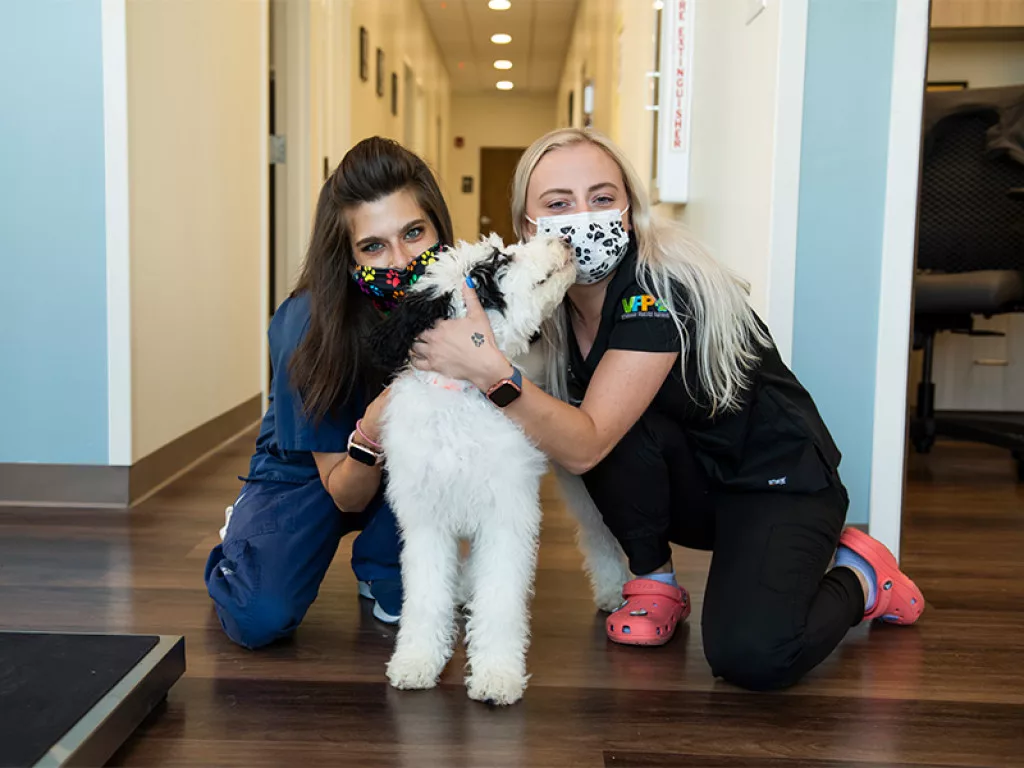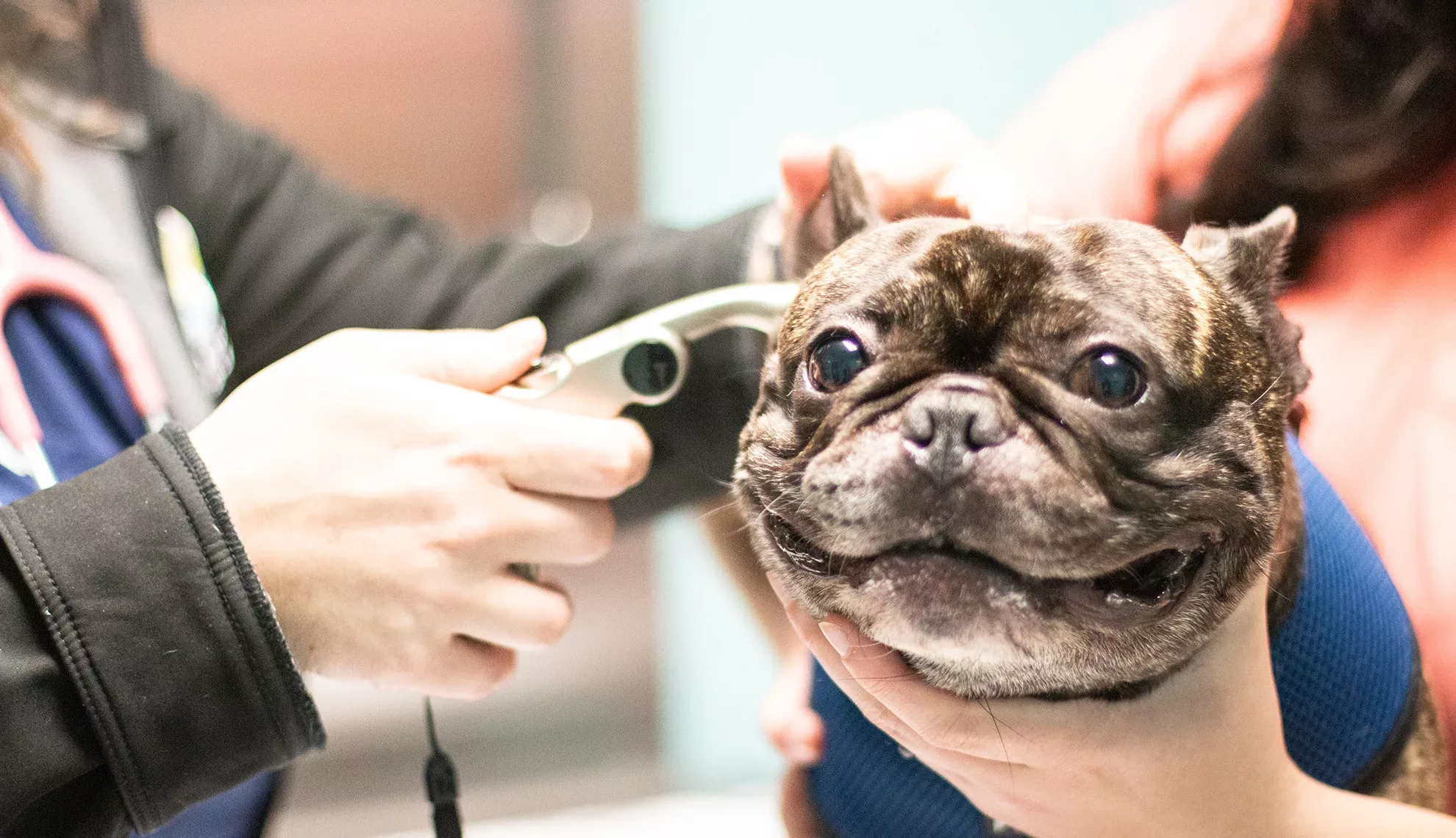Veterinary Practice Partners is handing back control of the veterinary industry to veterinarians, as CEO John McDonough explains.
INTRODUCTION
Veterinary Practice Partners (VPP) is giving ownership and clinical control back to veterinarians. John McDonough, CEO at VPP, has been a healthcare executive in operational and financial roles for more than 25 years.
“I am a true believer in fostering alignment through co-ownership, which creates a better environment for serving patients and communities, and also increases the economic benefit for our veterinarian-partners and their families,” McDonough says.
The veterinary industry in the US finds itself at an interesting point right now. It continues to grow due to an increasing number of pets and higher average spending by pet owners. However, due to the fragmented nature of the industry, which consists of more than 30,000 hospitals, significant opportunity for more sophisticated networks and increased infrastructure and efficiencies exists.
As a result, the industry has attracted significant capital from investors. This influx of resources impacts both the older veterinarians who are looking to sell their practice before retiring, as well as the younger generation of veterinarians who are looking to establish themselves.
“The emergence of corporate owners has many veterinarians concerned that they will no longer have control over the clinical practice if they work for a corporate group,” McDonough explains. “Furthermore, a common sentiment among young veterinarians is that they feel ownership is out of reach due to their excessive student debt and their inability to compete with the prices corporate buyers are offering to existing hospital owners.”
McDonough believes this dynamic is creating a great opportunity for VPP right now, with co-ownership as the core tenet of the business model.
“We believe the alignment it creates and the division of responsibilities it enables, with our doctor-partners leading the clinical side at the hospitals and VPP focused on the business elements (recruiting, marketing, operations, finance, etc.), ultimately creates a better outcome for our clients, patients, doctors, and staff,” he adds.
VPP owns and operates general practice veterinary hospitals in partnership with the company’s doctor-partners throughout the US. In a typical situation, VPP will own 70 percent of the hospital, while doctor-partners will retain the other 30 percent, creating true economic alignment. Today, VPP has 90 partner hospitals across 24 states, as well as 102 doctor-partners that are co-owners at these various locations. Of those 102 doctor-partners, 50 are first-time owners where VPP has enabled their purchase of equity in the hospital and helped them to achieve ownership.

“Even though VPP’s team has grown significantly… VPP continues to emphasize and curate a culture of transparency, collaboration, alignment, and clinic individuality with both doctor-partners and hospitals”
John McDonough, CEO, Veterinary Practice Partners

STANDING OUT FROM THE COMPETITION
What differentiates VPP from direct competitors is the company’s carefully curated culture of partnership, which is grounded within three crucial elements.
The first is VPP’s co-ownership model.
“At our hospitals, we have one level of ownership that is the same for VPP and our doctor-partners, and we ensure that our doctor-partners have meaningful stakes in their clinics,” details McDonough. “Consequently, as the hospital grows, they benefit personally from its success, creating a true partnership between VPP and the doctors.”
The second factor is a focus on collaboration.
“When we enter a new partnership, we spend considerable time at the beginning asking questions of and listening to the doctors and staff before collectively developing our plan for the hospital. This collaborative process leads to a strategy that best fits the hospital and the community it serves,” explains McDonough.
The third element is the promise to respect the individuality of each hospital.
VPP doesn’t approach new partnerships with the idea that one-size-fits-all, and that every hospital should function the same way. Instead, VPP views each hospital as unique, and through proven best practices develops and implements measures that will most benefit each specific hospital.
By fusing together these three elements, VPP creates a customized and guaranteed recipe for success and hones a culture in which everyone is seen, heard, and plays a role in the future of the hospital.
“Since 2018, we have more than doubled the size of the company, and our goal is to do that again in the next two to three years”
John McDonough, CEO, Veterinary Practice Partners


RAPID EXPANSION
“Since 2018, we have more than doubled the size of VPP, and our goal is to do that again in the next two to three years. For us, managing this rate of growth has been about having the right people, processes, and culture,” outlines McDonough.
A primary focus for VPP over the last three years has been building not only the company’s senior leadership team, but also the functional teams to support its hospitals during the rapid expansion, with a particular focus on recruitment and training. It is not enough however, to simply hire the right people. VPP needs to make sure they have the management tools, resources and processes that enable them to be productive and efficient, which ultimately leads to job satisfaction too.
“For us, that means a big focus on analytics and data-driven decision making in all areas of the business, from recruiting and marketing to business development and hospital operations,” adds McDonough. “Still, we balance all of this with the core tenet of our business model, co-ownership.”
Even though VPP’s team has grown significantly, and the tools and processes used to manage the day-to-day have evolved, VPP continues to emphasize and curate a culture of transparency, collaboration, alignment, and clinic individuality with both doctor-partners and hospitals.
“Maintaining our laser-focus on VPP’s culture of partnership, while building the team and evolving our processes to scale the business has been the key to managing our growth,” McDonough tells us.
“Co-ownership is the key differentiator of our business model. At our hospitals, we have one level of ownership that is the same for VPP and our doctor-partners, and we ensure they have meaningful stakes in their clinics. The key advantage of this is that it creates real alignment between VPP and our doctor-partners. When a doctor-partner is committed to their patients, staff, and community, they provide great leadership at the hospital, and the hospital grows, they benefit personally from the collective success.
“In building a culture of collaboration, we have made listening to our doctor-partners a central theme. As we have grown over the past few years and look to our future growth, creating an environment for honest communication and encouraging feedback has been a focal point for us,” adds McDonough.
In late 2020, VPP created a Medical Advisory Board (MAB) led by its Chief Veterinary Officer. This comprises a diverse group of doctor-partners contributing their knowledge and experience to improving the co-ownership model for all existing practices. These dedicated doctors bring their voices to the conversation and serve as a sounding board to help develop optimized solutions.
The input from the MAB has been instrumental in the development of two of VPP’s most important current initiatives.
Firstly, the establishment of VPP Academy, a week-long immersive program, designed to its specifications, delivered with support from the company and industry partners, and held at the Viticus Center in Las Vegas. The objectives are twofold. Most importantly, the program is an investment in the next generation of veterinarians, advancing their clinical communication and technical skills in dentistry and surgery, and developing their confidence in practice.
In addition, the program delivers value to VPP’s hospitals, as patients benefit from better care and clients experience better service.
Secondly, the creation of educational programs for veterinary technicians, who are critical members of the clinical teams at VPP’s hospitals. One program provides full scholarships for selected staff members interested in earning this valuable credential through a distance learning program that leads to an associate degree. In support of already credentialed technicians, with the blessing of the MAB, VPP has also held several full-day workshops on dentistry in its clinics, allowing for increased efficiency and more effective dental health for all patients.
“Both programs are great examples of how the MAB is enhancing the collaboration with our doctor-partners to build capabilities and commitment within our teams, which in turn creates long-term value and positively impacts our hospitals,” concludes McDonough.

























